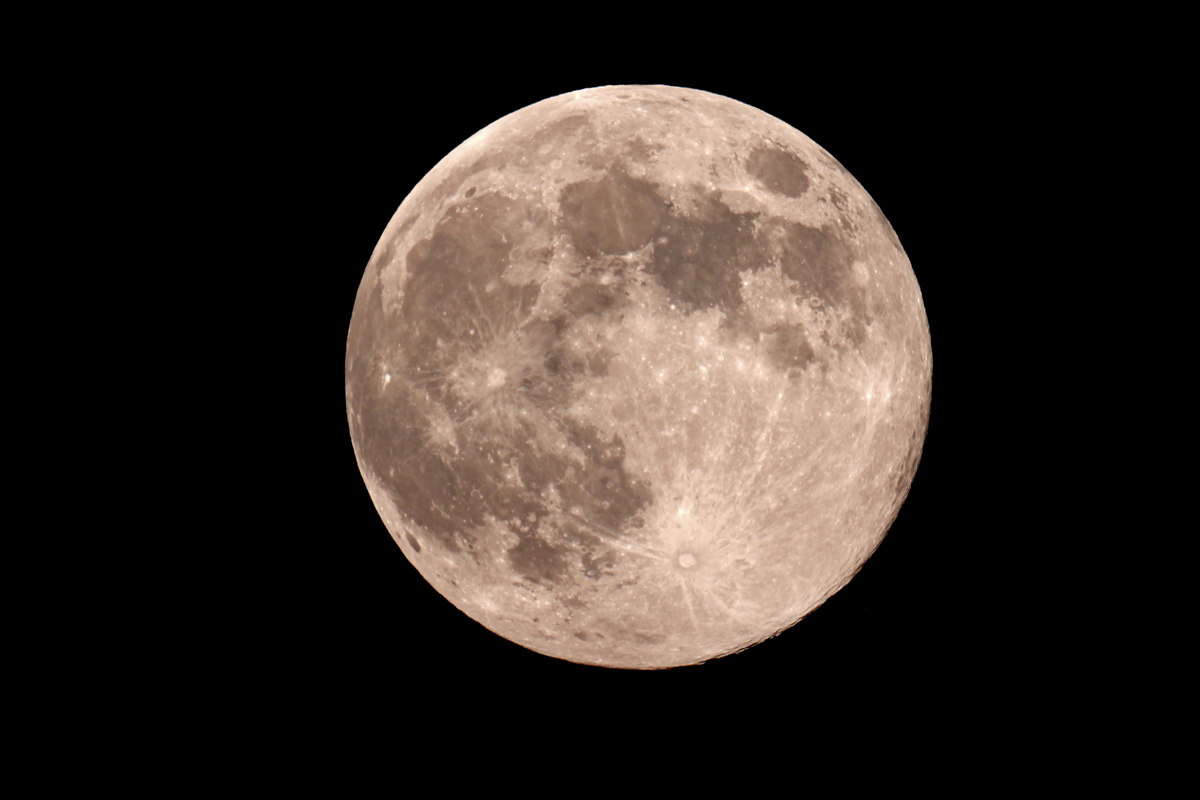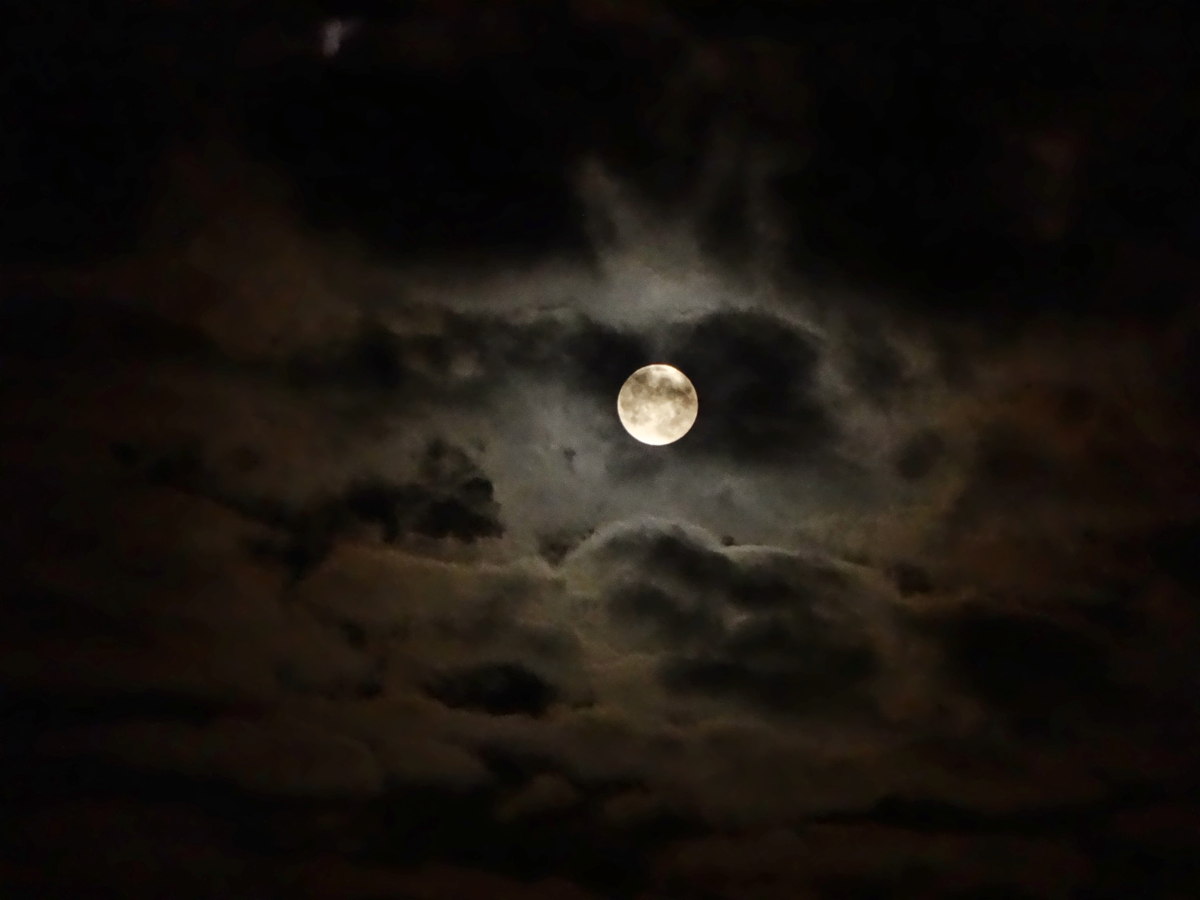Blue Moon Majesty Wows Stargazers (Photos)

Last night's Blue Moon captivated stargazers around the world.
Although yesterday's (Aug. 20) full moon didn't look visibly different from other full moons during the year — the Blue Moon moniker simply denotes the third full moon in a season with four full moons — stargazers used the specially named moon as an excuse to look up at the sky for a night.
SPACE.com was flooded with amazing photos of the Blue Moon from readers and stargazers. We got submissions from areas all over the United States, other parts of the Northern Hemisphere and countries in the Southern Hemisphere. [Blue Moon Photos: August Full Moon of 2013 in Pictures]
"This evening I battled hordes of mosquitoes to capture as perfectly timed a 'Blue Moon' as I possibly could," Jadwin, Mo.-based space photographer Victor Rogus told SPACE.com via email. "I used an atomic clock to be as precise as possible in this endeavor."
Rogus took his photo just three seconds after the moon turned full phase at 9:45 p.m. EDT (0145 Aug. 21 GMT).
"[It was a] beautiful, romantic sight, despite the invading hordes of insects, but I caught a nice image," Rogus added.
One skywatcher in Australia saw a few familiar shapes on the Blue Moon.
Breaking space news, the latest updates on rocket launches, skywatching events and more!
"My wife pointed out the man on the moon followed by a elephant, monkey, camel and a horse," Michael Holliday told SPACE.com via email.
What's in a Blue Moon?
While the third full moon in a four-full-moon season is the technical definition of a Blue Moon, the term is also often applied to another kind of moon. An article in "Sky & Telescope" magazine in 1946 mistakenly defined a Blue Moon as the second full moon in a month, and the term stuck.
Last night's full moon met the technical definition of a Blue Moon, but not the secondary classification.
The term Blue Moon also has nothing to do with the color blue. But at times the moon can take on a blueish glow from Earth when a volcano or a forest fire spews smoke and ash into the upper atmosphere.
Another Blue Moon will not occur again until 2015, but if you didn't catch last night's full phase, tonight's moon will also look full (weather permitting) to most casual observers.
Editor's note: If you have an amazing photo of last night's full moon, or any other night sky sight, and you'd like to share it for a possible story or image gallery, please contact managing editor Tariq Malik at spacephotos@space.com.
Follow Miriam Kramer @mirikramer and Google+. Follow us @Spacedotcom, Facebook and Google+. Original article on SPACE.com.

Miriam Kramer joined Space.com as a Staff Writer in December 2012. Since then, she has floated in weightlessness on a zero-gravity flight, felt the pull of 4-Gs in a trainer aircraft and watched rockets soar into space from Florida and Virginia. She also served as Space.com's lead space entertainment reporter, and enjoys all aspects of space news, astronomy and commercial spaceflight. Miriam has also presented space stories during live interviews with Fox News and other TV and radio outlets. She originally hails from Knoxville, Tennessee where she and her family would take trips to dark spots on the outskirts of town to watch meteor showers every year. She loves to travel and one day hopes to see the northern lights in person. Miriam is currently a space reporter with Axios, writing the Axios Space newsletter. You can follow Miriam on Twitter.


